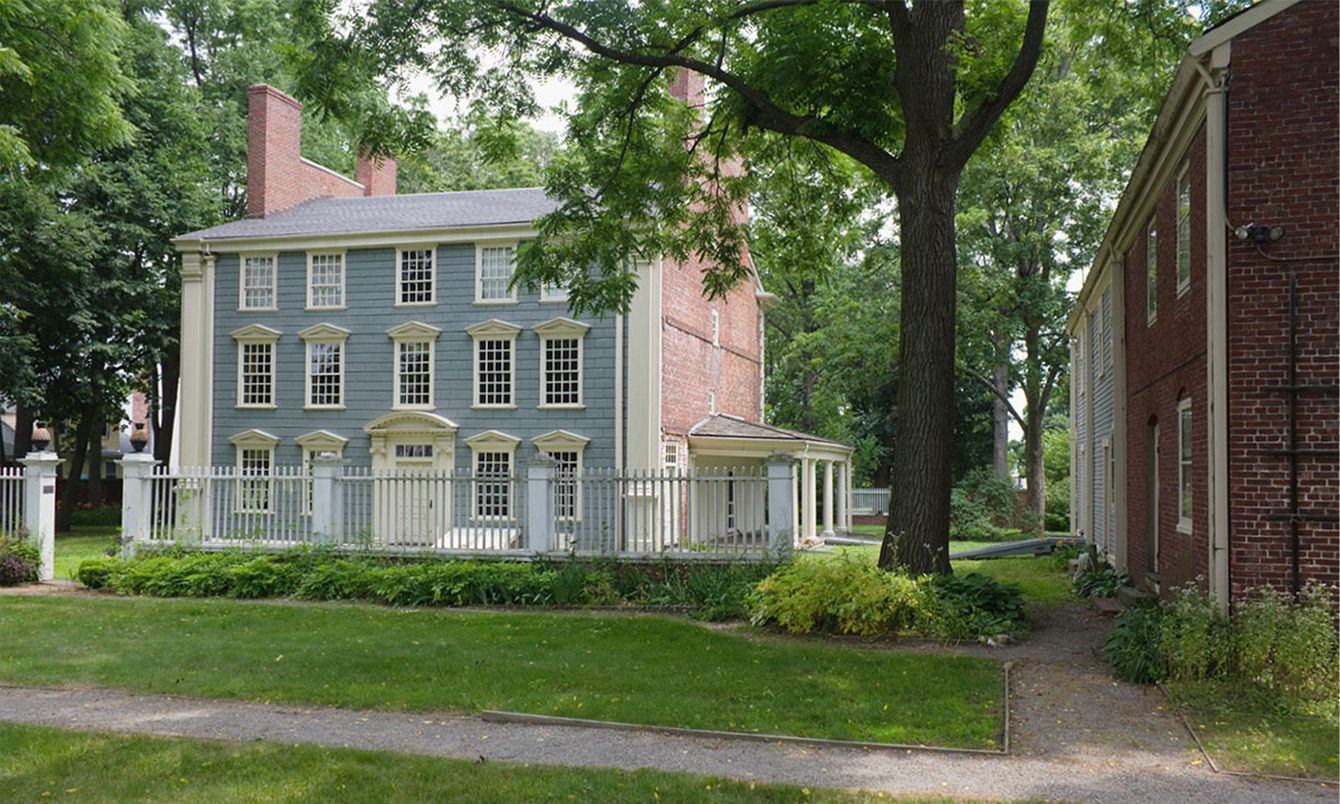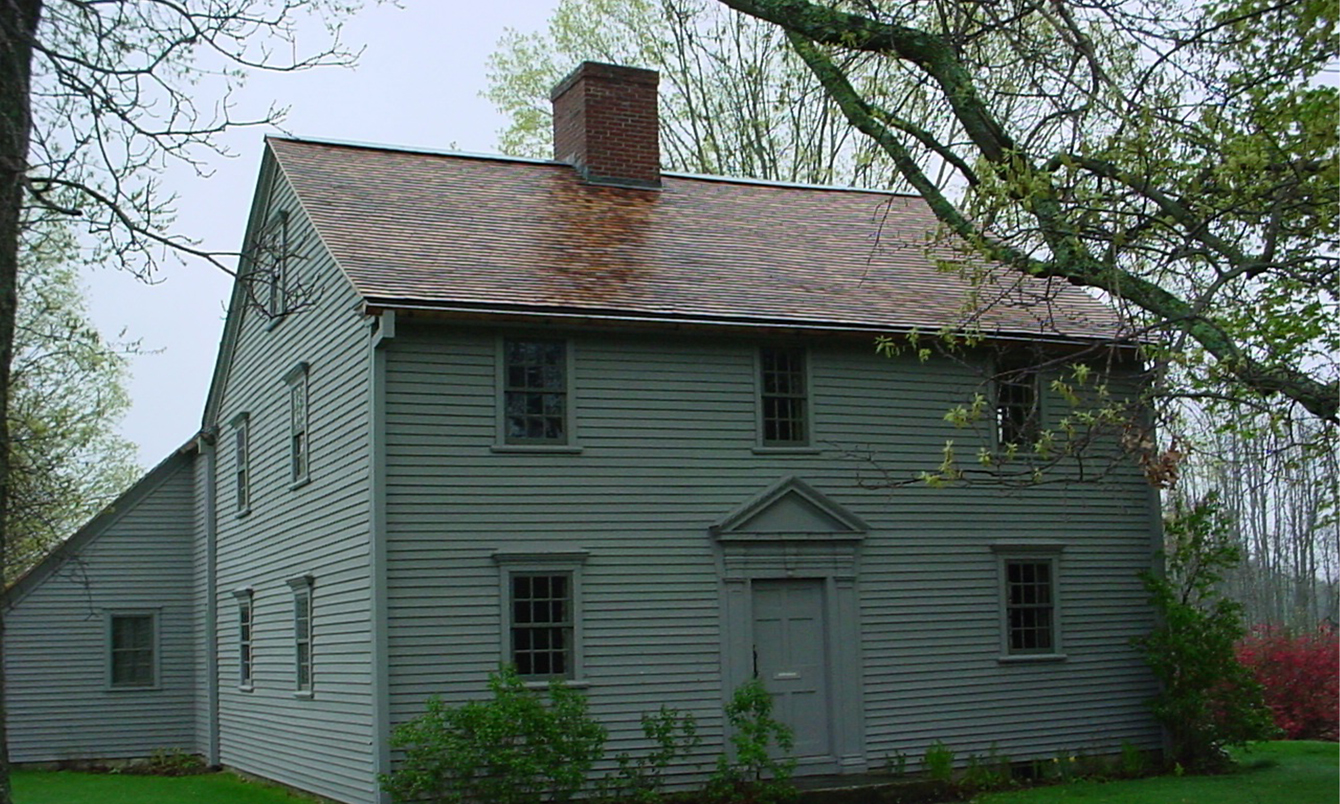Of the sixty enslaved people who lived and worked in the Royall House throughout the 18th century, Belinda Sutton is the best-known, owing to her petition for freedom to the Massachusetts General Court. The names or descriptions of additional enslaved individuals owned by the Royals include an unnamed “Girl, six years of age,” “Black Betty,” “House Peter,” “Old Cook” and others of whom very little is known.
Today the Royall House and Slave Quarters is a museum, with buildings, collections and programs that bear witness to intertwined stories of wealth and bondage in colonial America. Royall House tours include the stories of enslaved individuals along with those of the Royall family. The museum’s long-term goal is to restore and interpret the Slave Quarters, the only surviving, free-standing building of its type in the northern United States.



